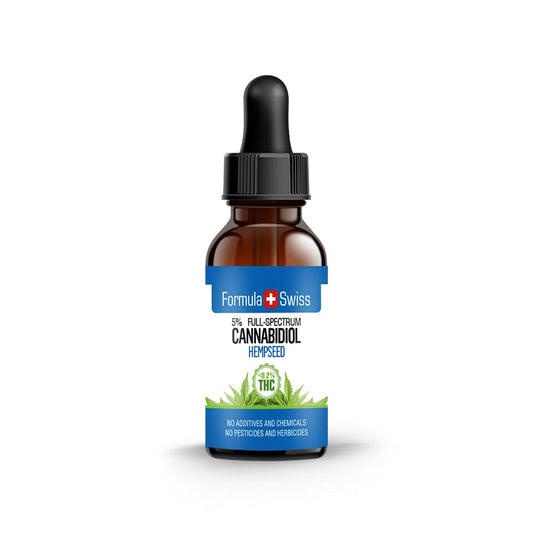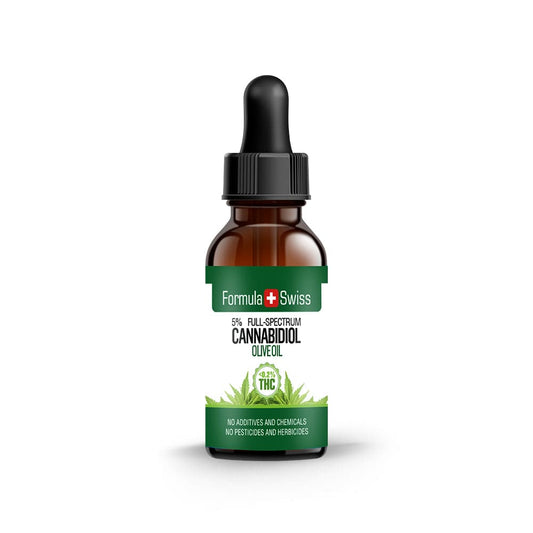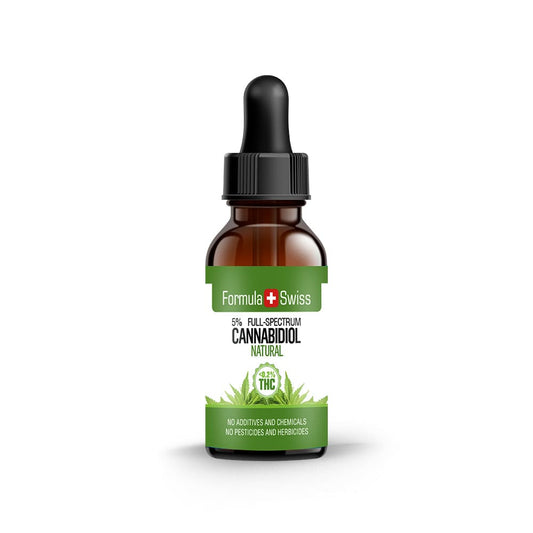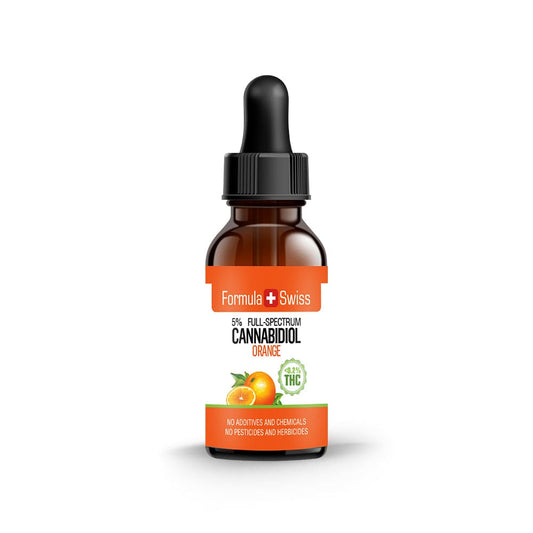While cannabinoids like CBD and THC often dominate discussions, another group of compounds is just as crucial in shaping the unique identity of cannabis strains: terpenes. These aromatic molecules define the fragrance and subtle variations that make each variety distinct.
With more than ten years of experience in the cannabis field, particularly focused on CBD and hemp production, I’ve seen firsthand how terpenes are gaining recognition for the character they bring to the plant. Among them, linalool consistently stands out in my work.
Linalool is best known for its floral scent, often compared to lavender. Its presence contributes to the layered aroma of cannabis and plays an important part in how strain profiles are perceived. In combination with cannabinoids, it helps shape the overall expression of the plant.
In this article, I’ll share insights into linalool, drawing on both research and my own practical experience, to highlight its role in cannabis and its broader significance in other areas.
Prefer watching over reading? This video covers the key points from the article:
Save up to 30% when you order your CBD oil today
Key Takeaways
- Linalool gives certain cannabis strains a floral, lavender-like aroma.
- It is found in over 200 plant species, including lavender and rosewood.
- Linalool shapes the scent and flavor profiles of cannabis strains.
- It is widely used in perfumes, soaps, and other products.
- Terpene content, including linalool, is measured through gas chromatography-mass spectrometry (GC-MS).
This article is provided for informational purposes only and does not relate to any of the products available in our webshop. For more information, please see our full disclaimer.
Brief Overview of Terpenes in Cannabis
Before focusing on linalool, it helps to first look at terpenes and their role in cannabis. Terpenes are aromatic molecules present in a wide range of plants, including cannabis.
They play an important role in nature by helping plants attract pollinators and protect themselves from predators. Within cannabis, terpenes work alongside other compounds such as cannabinoids (like THC and CBD) to shape the overall profile of each strain. This combined activity is often referred to as the entourage effect.
The entourage effect highlights the idea that whole-plant compositions may behave differently than isolated compounds. Cannabis strains can contain more than 200 different terpenes, each contributing its own distinct scent, flavor, and characteristics.
What is Linalool?
Linalool is a terpene, a class of organic compounds that are commonly found in plants, including cannabis. It is responsible for the distinct aroma profile of certain strains of cannabis.
Linalool has a chemical structure that is composed of two six-carbon rings known as benzene rings connected by an oxygen atom. This gives it a characteristic floral scent that is often described as lavender-like.
In addition to its use in plants, linalool has various applications in industries like cosmetics and perfumes. It can also be synthesized artificially for use in products like soaps and detergents.
Order and enjoy up to 30% off your CBD oil purchase
The Importance of Linalool
Linalool is a terpene present in many cannabis strains, recognized for its floral scent often compared to lavender. Beyond cannabis, it is widely used in cosmetics, essential oils, and other aromatic products thanks to its appealing fragrance. While best known for its aroma, linalool has also attracted interest for its broader role in plant chemistry and product development.
Scientific interest in linalool has increased in recent years. For instance, research published in the Journal of Surgical Research has examined its interactions with other compounds and contributions to plant aroma profiles.
Its floral qualities also make linalool a popular choice in candles, soaps, and diffusers, where its scent is often sought after for creating pleasant sensory experiences.
Because it appears both in cannabis and in a wide range of everyday products, linalool continues to be a compound of growing interest. In the following sections, we’ll look more closely at what makes this terpene unique and why it is so widely used today.
Chemical Structure and Properties of Linalool
Linalool is part of the monoterpene family, composed of two isoprene units (C10H16). Its chemical formula is C10H18O.

The structure of linalool includes oxygen, classifying it as an alcohol. This contributes to its functionality and adaptability in different applications. Its boiling point is 198°C, and depending on whether it is in its dextrorotatory or levorotatory form, it can appear as a liquid or solid at room temperature. Its refractive index ranges between 1.460 and 1.505, depending on purity.
Common Sources of Linalool Outside of Cannabis
Linalool occurs naturally in many plants, not just cannabis, and its floral profile makes it valuable across multiple industries. Notable sources include:
-
Flowers
- Lavender and rosewood are well-known for their distinctive scents, with linalool contributing significantly to their fragrance.
-
Citrus Fruits
- Lemon and orange peels contain compounds such as limonene, which can be converted enzymatically into linalool.
- This pathway also occurs in cannabis, where limonene can support linalool production in certain strains.
-
Tree Essential Oils
- Ho wood and coriander oils are particularly rich in linalool.
- Eucalyptus is another botanical source where linalool appears among its terpene content.
The wide distribution of linalool across different plants underscores its versatility and accessibility.
Scientific Research on Linalool
Linalool has become a subject of growing scientific focus due to both its fragrance and its role in plant interactions. Studies highlight its contribution to aroma and ecological functions.
A review in Frontiers in Pharmacology (2018) explored how linalool participates in plant defense systems. While much of this research looks beyond cannabis, it reinforces the terpene’s importance in ecological and botanical contexts.
Within cannabis, a 2020 review in Molecules highlighted linalool as one of several primary terpenes influencing aromatic diversity. Researchers have also suggested that linalool may contribute to the so-called "entourage effect," a term used to describe the combined impact of multiple plant compounds.
Insights from the Journal of Cannabis Research (2021) noted that cannabis varieties rich in linalool often feature a soft, soothing aromatic character.
Although more work is needed, these findings consistently point to linalool’s role in shaping the sensory qualities of cannabis and other plants.
The Role of Linalool in Cannabis
Linalool is among the most recognizable terpenes in cannabis, known for its lavender-like aroma with subtle spice. It plays a key role in defining the aromatic signatures that distinguish one strain from another.

Effects on Aroma Profiles
Linalool adds depth to the aroma of cannabis, often lending floral, citrus, or herbal notes. Depending on the strain, its presence can create distinctive layers of scent that set one variety apart from another.
When combined with other terpenes and cannabinoids, linalool helps shape a more complex and refined aromatic profile, which is one reason it remains a focus of interest in cannabis science.
Order CBD oil now and save as much as 30%
How to Identify Linalool in Cannabis Strains
Terpenes like linalool make up a large part of cannabis strain identity. Identifying linalool can give insight into a strain’s aromatic signature.
Methods for Testing Terpene Content
The most common way to measure terpene content is with gas chromatography-mass spectrometry (GC-MS), which separates and analyzes compounds in detail. While accurate, it requires specialized labs. Another approach is sensory analysis, where trained evaluators assess aroma. Though less precise, this method remains valuable for practical identification.
Examples of Strains With Notable Linalool Levels
Linalool often shows up more strongly in Indica-leaning strains and hybrids. Examples include:
- Lavender: Distinct floral scent attributed largely to high linalool content.
- LA Confidential: Earthy with pine and citrus notes, often recognized for linalool presence.
- G13: Musky, fruity, and slightly spicy, noted for its linalool-rich aroma.
- Amnesia Haze: A Sativa variety that can sometimes feature linalool in higher amounts, giving it sweet, earthy notes.

Terpene levels, including linalool, can vary based on climate, soil, and harvest timing. Lab analysis or reliable guidance is the best way to confirm exact profiles.
Other Uses for Linalool
Beyond cannabis, linalool is widely used for its fragrance. Its floral qualities make it a common ingredient in perfumes, soaps, lotions, and cleaning agents.
Perfumes, Soaps, and Cleaning Agents
Linalool is a frequent addition to personal care products because of its scent and its ability to blend smoothly in formulations. It also appears in many household cleaners, where it contributes both fragrance and functional qualities. According to the U.S. Environmental Protection Agency (EPA), linalool can also be applied in pest control settings as an insecticidal agent against certain species.

Potential Future Applications
Researchers are also exploring innovative applications for linalool. For example, its structure makes it a candidate for potential fuel additives, with studies noting its energy-rich and clean-burning qualities. Its versatility ensures continued interest across industrial and scientific fields.
Personal Perspective
Terpenes are a central part of cannabis chemistry, and linalool is one of the most recognizable. Its lavender-like, slightly spicy aroma sets it apart and plays a defining role in many aromatic profiles.
Outside of cannabis, linalool’s widespread use in fragrances and household goods shows its versatility. For me, understanding terpenes like linalool highlights how plant compounds contribute not only to cannabis profiles but also to broader product innovation.
As research advances, I believe linalool will continue to attract attention both for its role in cannabis strains and for its applications in other industries. Together with cannabinoids, terpenes like linalool form an essential part of the bigger picture of plant-based chemistry.
Don’t miss out—save up to 30% when you purchase CBD oil today
Frequently Asked Questions
What is linalool?
Linalool is a naturally occurring terpene found in many flowers and spice plants. It is used in a variety of applications due to its pleasant scent.
Where is linalool found?
Linalool is found in over 200 different types of plants. Some common sources include lavender, mint, cinnamon, rosewood, and certain types of fungi.
What does linalool smell like?
Linalool has a floral scent that is often associated with a spicy tone. It is commonly used in perfumes, lotions, and other cosmetic products.
Can linalool cause allergic reactions?
While generally considered safe, some people with sensitive skin or allergies may experience irritation or an allergic reaction when exposed to linalool.
Does linalool have any side effects?
While generally considered safe, excessive exposure to linalool can potentially cause skin irritation or allergic reactions in some individuals.
Is linalool found in cannabis?
Yes, linalool is one of the many terpenes that can be found in cannabis. However, it does not produce the psychoactive effects associated with the plant.
Can linalool be used as an insect repellent?
Yes, linalool has been shown to repel certain types of insects, including mosquitoes and fleas.







